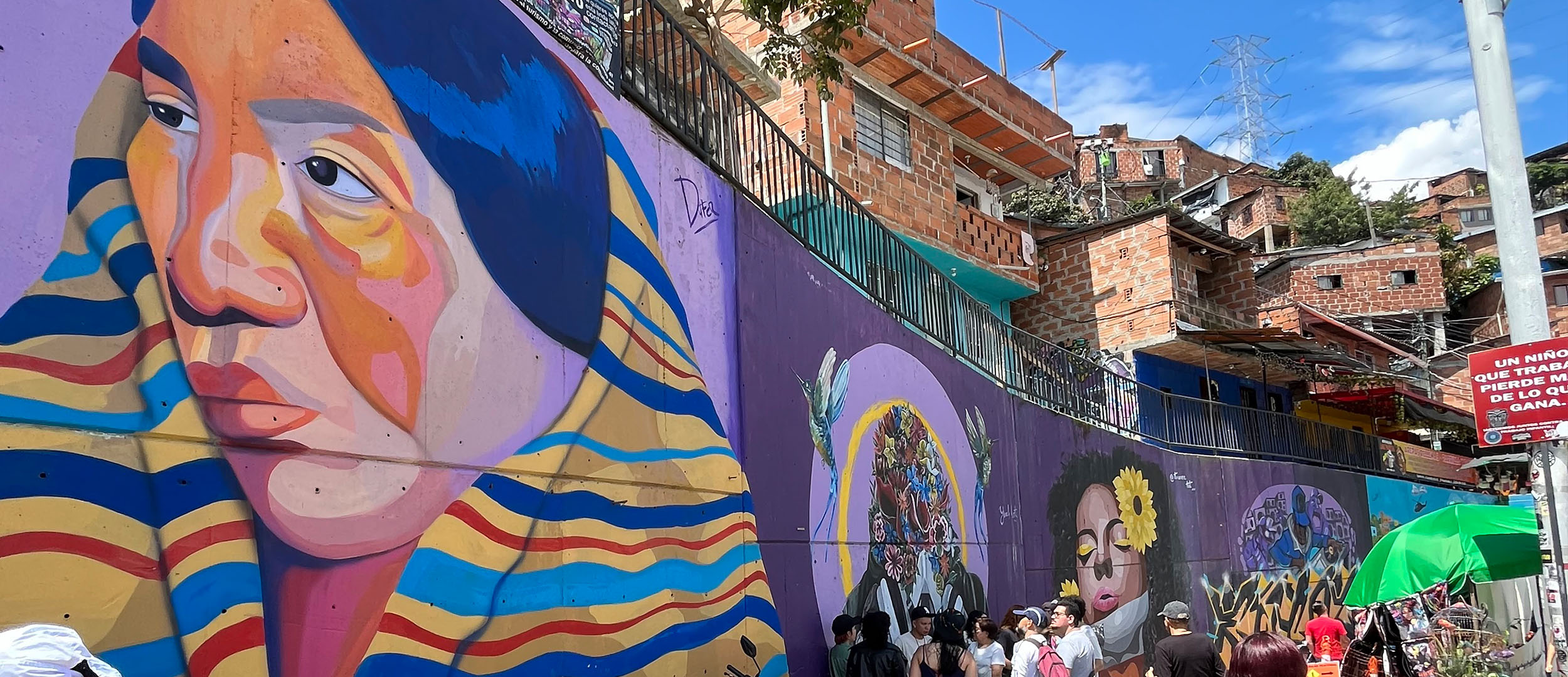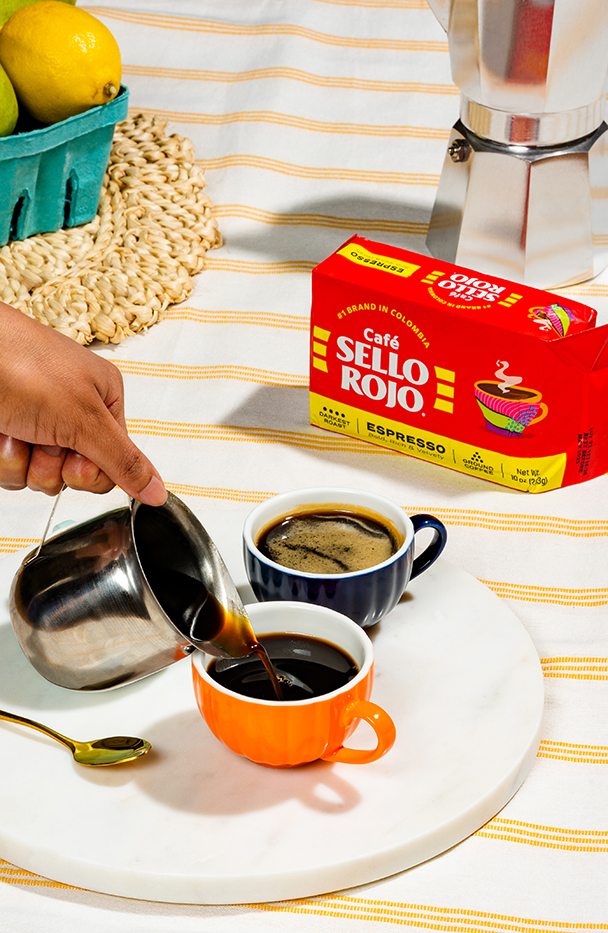
History
Colombian Independence Day
HERITAGE
Colombian Independence Day
The world’s best coffee wouldn’t be here without a country called Colombia. Colombia, along with the rest of Latinoamérica, has a rich history resulting from a unique mix of cultures and communities. Here is a brief history of one of Colombia’s biggest national holidays, and a short overview of a few of Independence Day Traditions!
History
During the Napoleonic Wars in Europe, France invaded Spain in 1808, capturing the Spanish King Ferdinand VII and taking control of much of Spain over the course of the next few years before losing the country during the Peninsular Wars of 1808-1814.
Due to Napoleon’s invasion, the rule of many Spanish Colonies in the Americas were in flux, and several independence movements grew, especially in the Viceroyalty of New Granada, a Spanish territory including parts of modern day Colombia, Venezuela, Ecuador and Panama. On July 20th, 1810, an uprising happened in Bogota, the capital of New Granada, which led to new governments that claimed full independence in 1811’s Act of Independence. Colombian Independence isn’t simply a story about Colombia, but the struggle for freedom across Spanish-controlled South America.
Some of the highlight traditions of Independence Day include:
Music and Dance
Music and Dance are central to all celebrations in Colombia and Latin America. Colombia’s rich musical traditions mean everything from the famous Cumbia (thought to come from the Bantu word Kumbe, to dance), along with Salsa, Caribbean Champeta, to the rhythmic Champeta from the Andes, there are more than enough moments for movement in Independence celebrations!
Food
From the Caribbean to the Andean Mountains, Colombia’s food is as diverse as its peoples. Celebrating Independence means cooking everything including large dishes such as Bandeja Paisa, Ajiaco (the best chicken soup), Arepas, and many drinks such as
Visiting the July 20th Museum in Bogota
The July 10th Uprising began with an incident at Spanish Businessman Jose Llorente’s house after he refused to lend a vase for flowers to a group of Criollos (South or Central-American Born Spaniards) planning to celebrate Criollo statesmen. After disparaging the group, a fight occurred that led to an outrage across Bogota. The house where this happened, called Casa del Florero, is now a national museum of Independence. Visiting the museum is a popular pastime leading up to July 20th.
Festivals
There are many festivals celebrated during the week of Independence across Colombia. Rather than give a list of the famed festivals and their histories, check out some of the Colombian Independence Day Festivals taking place in the US!
- The Great Colombian Fest in Chicago, Illinois.
- The International Colombian Festival in Washington, D.C.
- El Festival Colombiano in Los Angeles County (Pico Rivera), California
- Festival Independencia Orgullo Colombiano in New York City, New York.
- Festival Colombiano AZ, in Phoenix, Arizona.
- Colombian Independence Festival in Newark, New Jersey.
